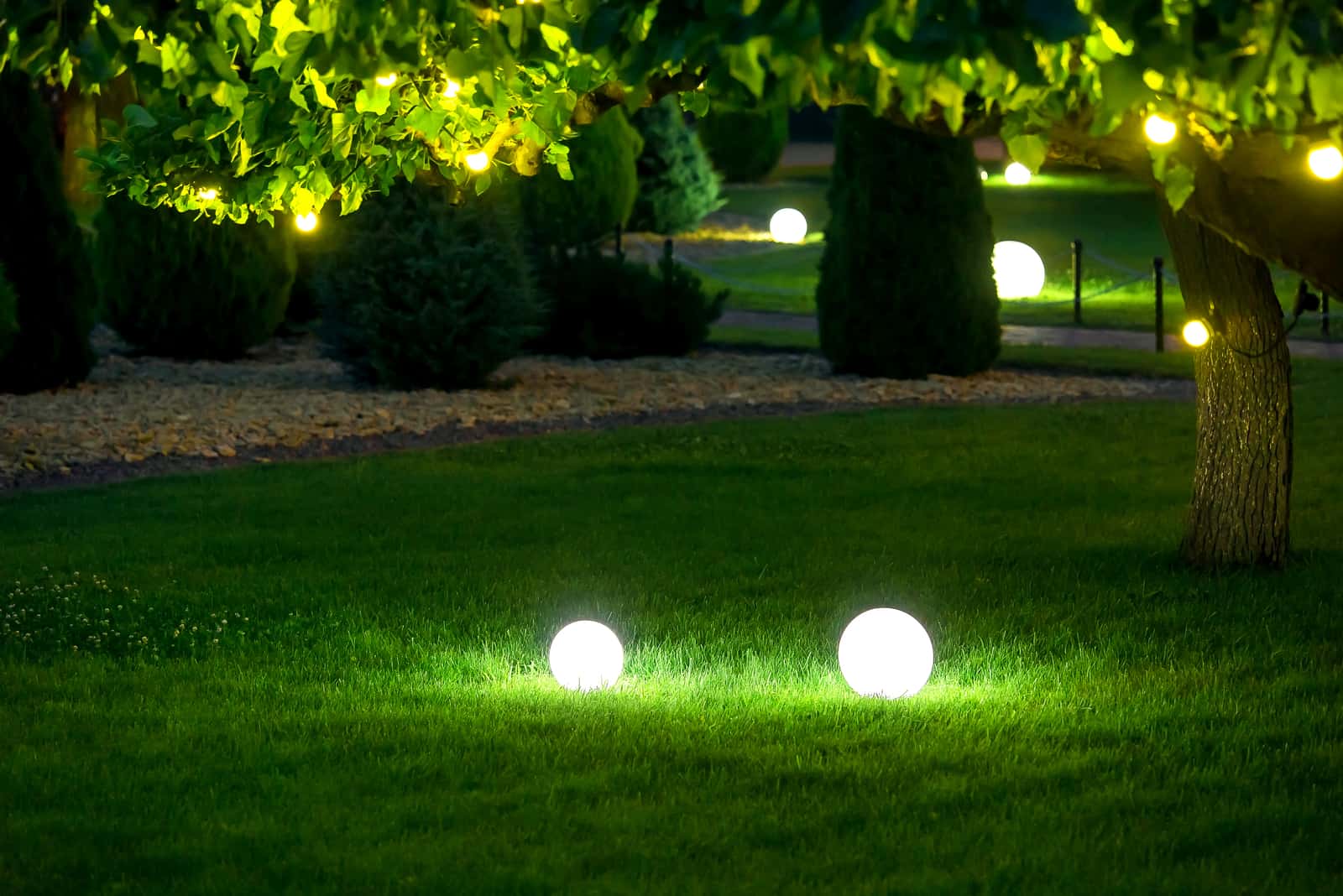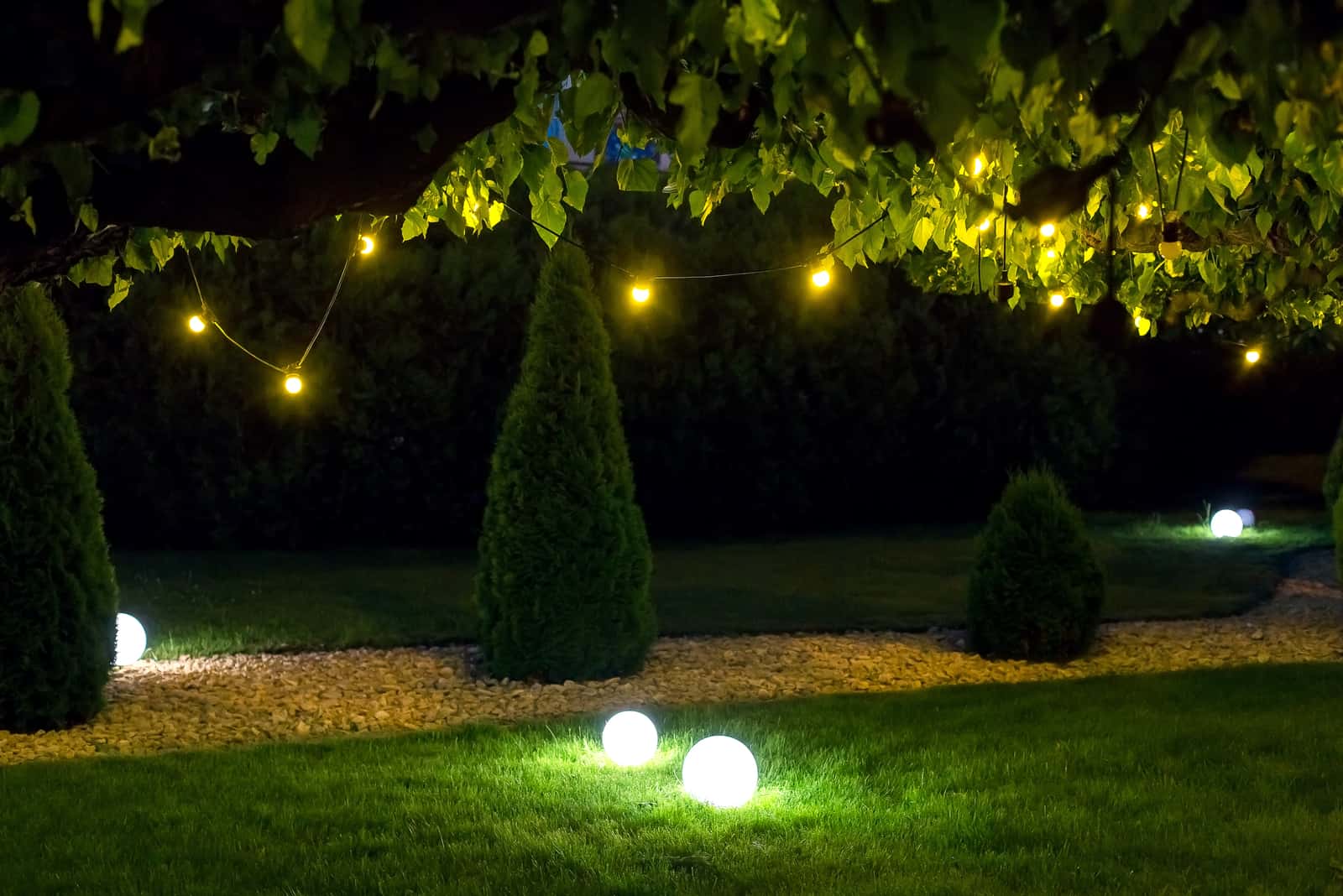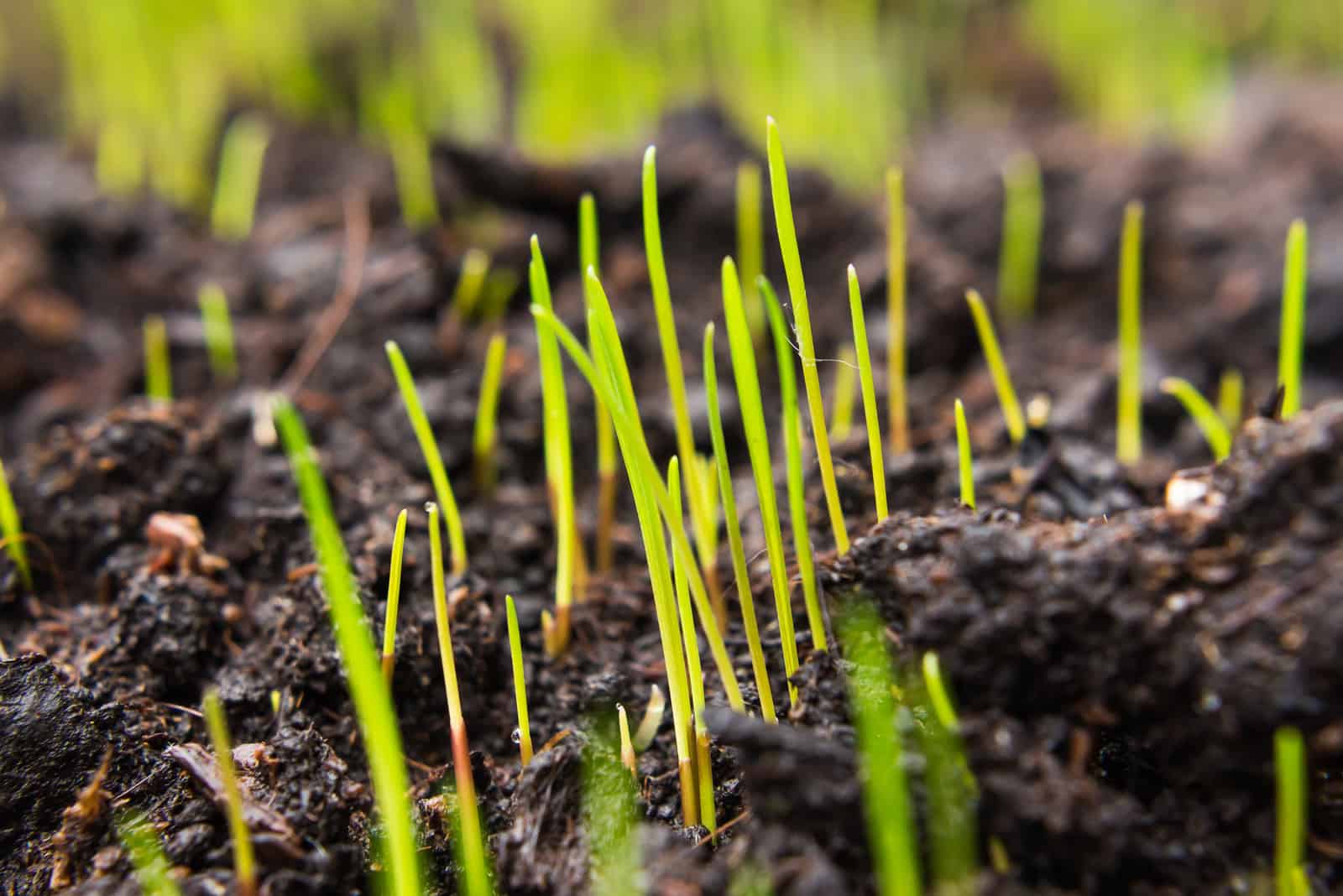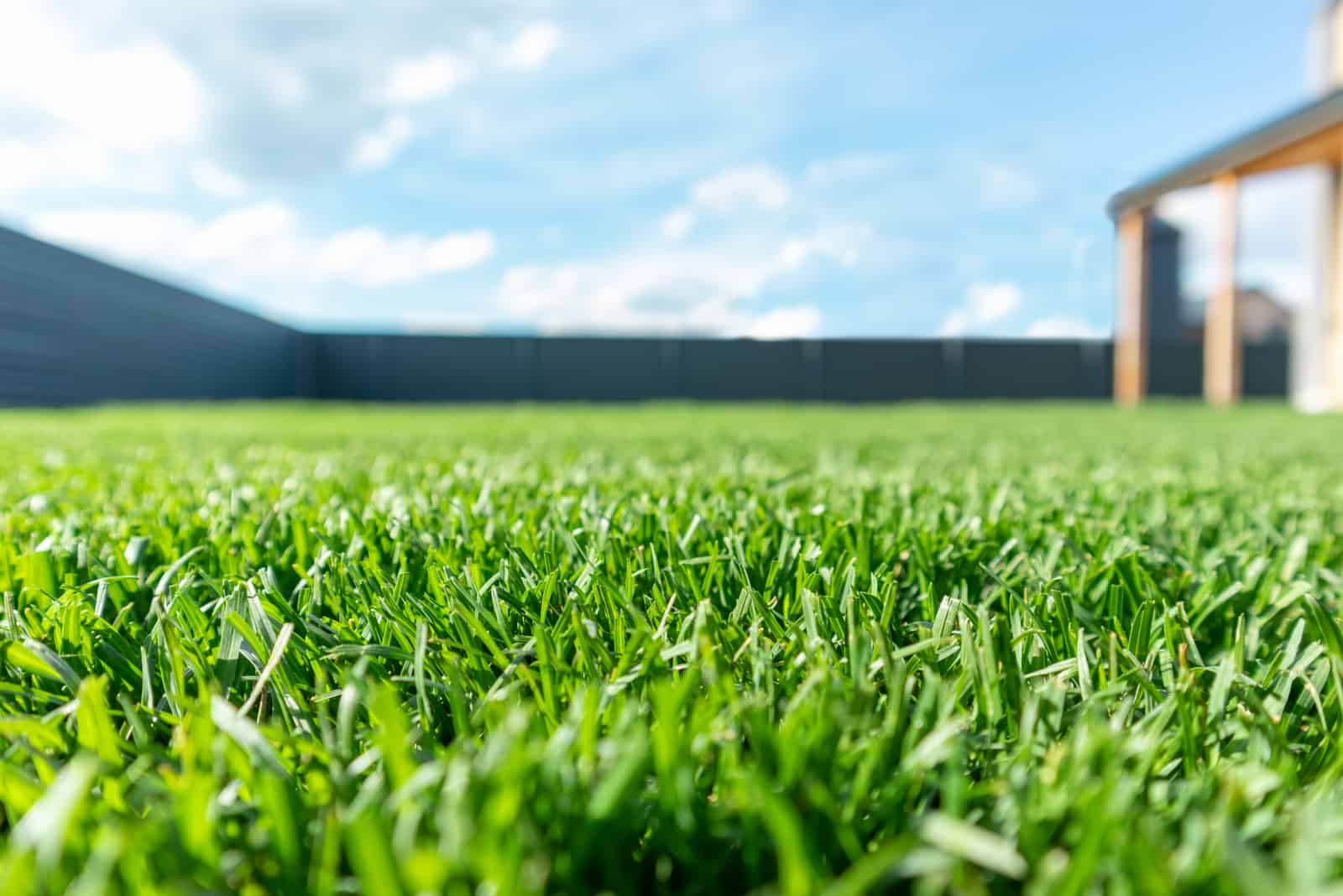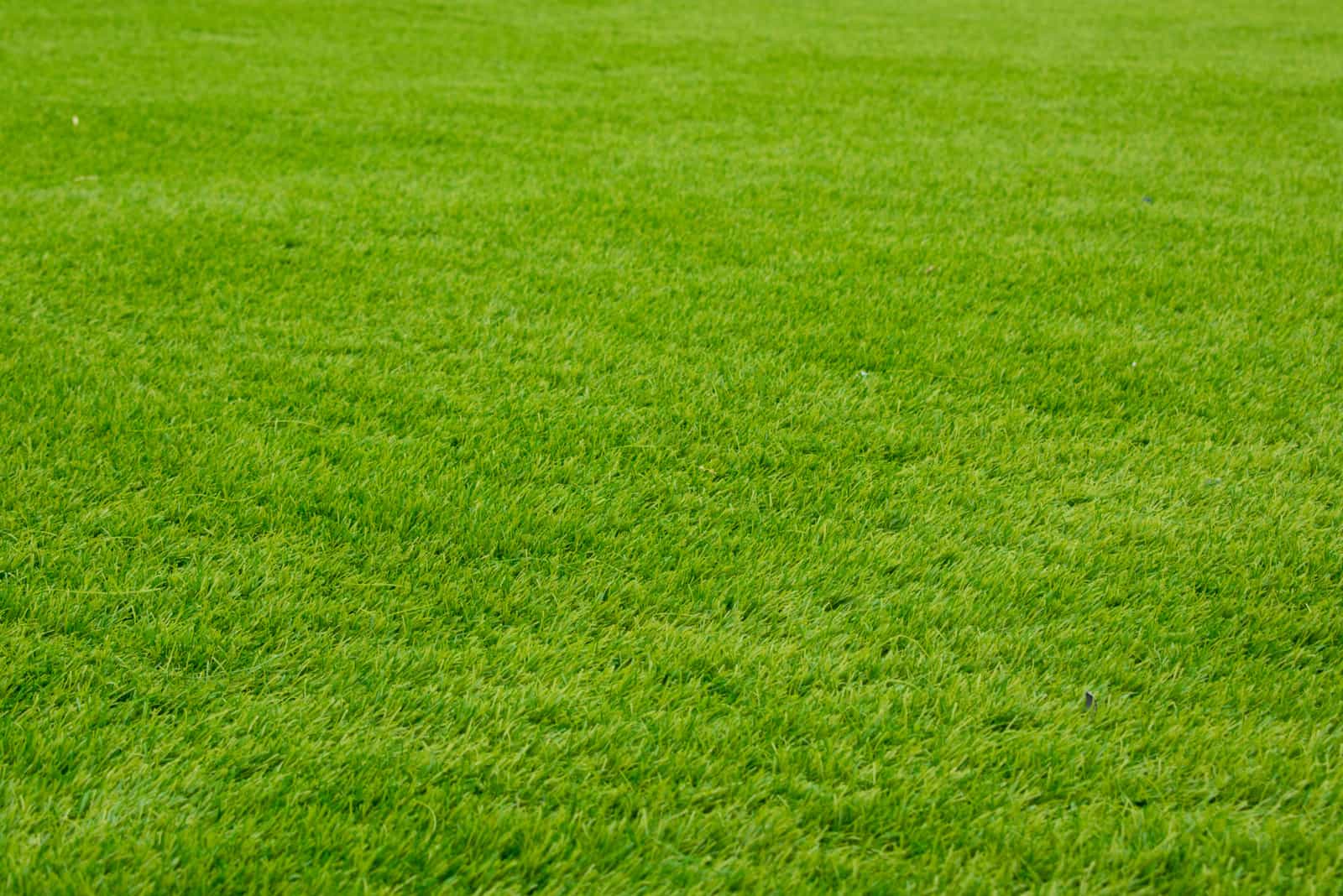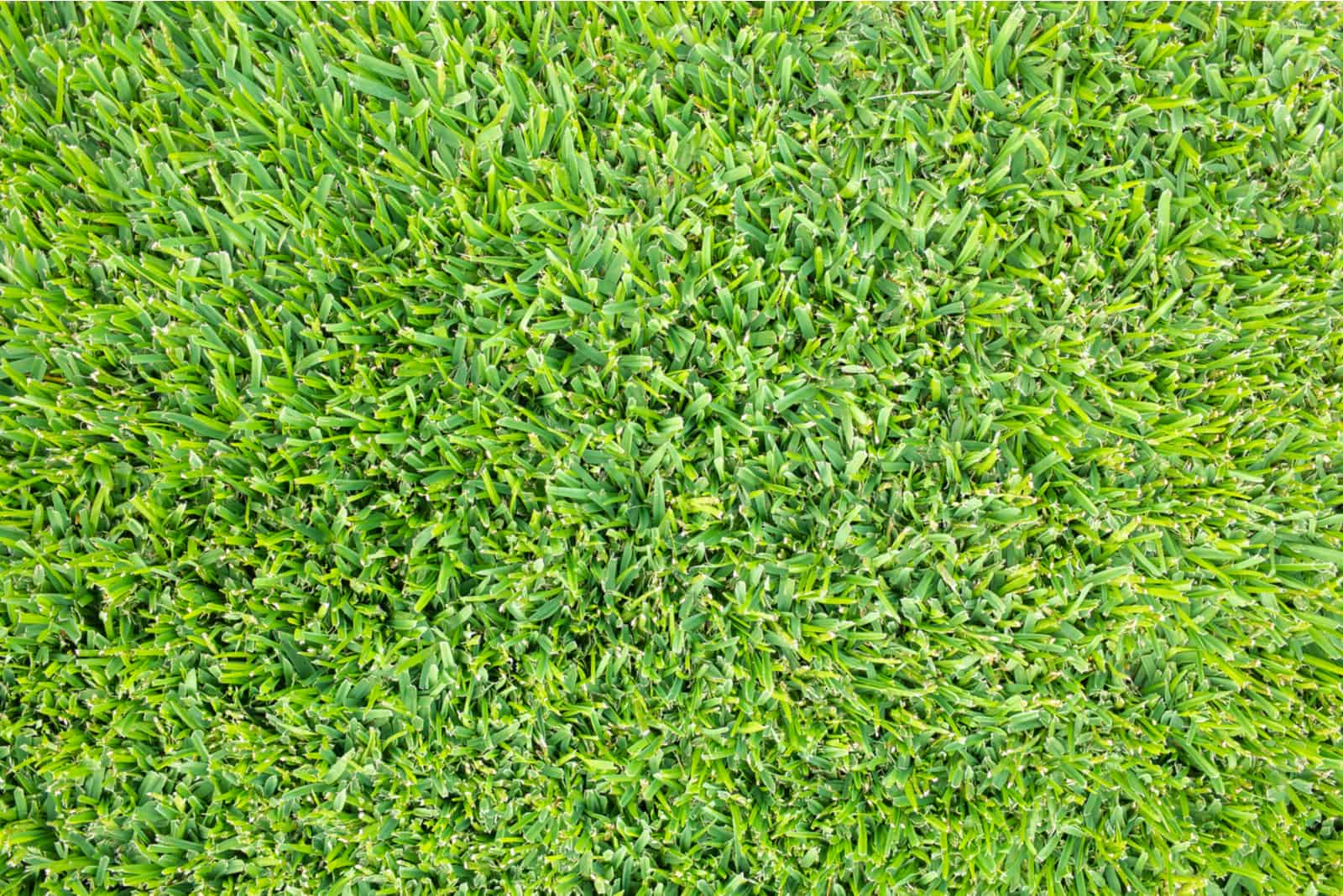Positive Bloom is an Amazon Associate and we earn from qualifying purchases through these links at no extra cost to you.
Have you ever noticed grass growing during the day?
I certainly haven’t. This process cannot be seen with the naked eye, but we know that it’s growing, especially homeowners that have to mow their lawn all the time!
But the real question is, does grass grow at night?
Some might think that it grows faster at night because they have to mow their lawn the very next day.
If you want to find out the answer, read on to discover everything you need to know and more!
Does Grass Grow At Night?
Just like humans store energy from food to keep their cells working overnight, plants absorb energy from sunlight during the day and use that energy to grow at night
But how exactly does grass grow at night?
During the day, grass needs sunlight to perform photosynthesis and uses carbon dioxide to produce oxygen and glucose. The nutrients they absorb through blades of grass also enable the grass grow overnight.
In reality, grass grows the most at dawn before sunrise, because this is when the grass has processed all the nutrients and produced glucose, which is a sugar that provides energy.
Grass is essential for the ecosystem and for humans as it provides us with the oxygen and glucose necessary for our survival.
How fast does grass grow in a day?
The growth rate depends on the grass type and conditions like pH, soil quality, water, time of year, carbon dioxide, air, temperature, time of day, and light.
It is pretty hard to answer the questions, how much does grass grow during the day? And how much does grass grow at night? However, we know that it requires at least 4 hours of sunlight in order to grow.
On average, grass grows between 0.6 to 0.20 inches per day, which is a rate of 2 to 6 inches per month.
Cool-season grasses will grow faster when the temperature is cooler, especially during early spring and fall. However, warm-season grasses have growth spurts during the summer, as well as in late spring and early autumn.
What is the fastest growing type of grass?
Again, it really depends on the climate and type of soil in your region!
We can divide them between those that prefer the cold and those that prefer a warmer climate.
For warm-season grass, the fastest type is Bermuda grass, mainly because it is able to germinate in less than 7 days, which is very fast.
Bermuda grass is a hardy type of grass that enjoys full sunlight, so if you choose to grow this type, be prepared to cut it frequently.
Other fast-growing, warm-season grasses are St.Augustine, Zoysia, and Centipede – these are one of the common grasses used for Florida lawns.
When it comes to cool-season grasses, the fastest growing type of grass is Perennial Ryegrass, otherwise known simply as Ryegrass. This grass will germinate in about 5 to 10 days, and is pretty easy to maintain.
Another cold-season and fast-growing grass is Kentucky Bluegrass, which isn’t actually blue!
Can grass seed grow in complete darkness?
No, they can’t grow in complete darkness. They can’t survive at all without light!
Grass needs some kind of light, whether it is direct or indirect sunlight, bright or low light, grass needs to be able to perform photosynthesis in order to survive.
It can grow in shady areas, however, as there are several grass types that grow much better while in the shade.
When is the best time to cut grass?
Folks often make the mistake of cutting grass early in the morning, when the morning dew is still on the grass.
But cutting wet grass is a big no-no!
The reason we avoid cutting wet grass is because many fungi and diseases love wet environments and can easily infect your grass.
On the other hand, the temperature might be too hot in the early afternoon, which may result in your freshly cut grass burning.
The best time of day to cut grass is mid-morning. The morning dew will be long gone, and your grass will have time to heal and absorb sunlight for the rest of the day.
Tips And Tricks On How To Grow Grass
Whether you are planning a landscaping project to decorate your garden, or you just want to plant a new grass type that is easier to maintain, here is how you can effectively plant grass seed and take care of your new lawn.
You can also check out this video for more clarity:
1. Be aware of the climate
Make sure that you plant a type of grass that is suitable for the climate in your region.
Warm-season grasses will not grow if the temperature is colder, and vice versa!
2. Do a soil test
Soil has a great impact on grass growth, so you should test it in order to find out what you are dealing with. You want a soil that is well-draining and rich in nutrients.
Fivota Soil test kit is one of the best ones that you can find on Amazon, and is pretty cheap too!
[lasso id=”3164″ link_id=”1368″ ref=”amzn-fivota-soil-ph-meter-fv03-upgraded-large-screen-soil-moisture-sunlight-ph-tester-backyard-soil-test-kit-reliable-gardening-soil-tool-for-garden-farm-lawn-indoor-outdoor-use”]
3. Prepare the soil
You should remove any stones and wood from the soil. Dig about six inches deep and rake the soil over in the chosen area, then put mulch or compost into it before mixing it all together.
4. Sow the grass seeds
You should spread your seeds across the area in a crisscross pattern so the whole area is covered.
You can use a spreader or do it by hand. Do not just throw seeds on the soil as this can lead to poor germination. You need to really stick them in there!
5. Cover the seedlings
Cover the planted grass seedlings with peat moss to lock in the moisture, and prevent them from being washed away during the rain or getting eaten by birds.
6. Fertilize
You should fertilize the soil with a balanced fertilizer that contains a small amount of nitrogen. Check out the best fertilizers for new sods right here!
7. Water
It’s important to water grass to promote seed sprout and grass growth. At the beginning, you will need to water grass seedlings 2-3 times a day, which can be really tiring, so I suggest you invest in a good set of sprinklers.
After the grass has grown, water it twice a week and you will be fine!
8. Mow the lawn
Don’t forget to mow your lawn! Not only will it look aesthetically pleasing, but mowing your lawn and collecting the clippings will promote growth and help your lawn become thicker.
Don’t skimp when buying a mower! There are a lot of cheap mowers out there, but they break down easily and repair is super expensive.
If you have a Spartan mower that continues breaking down, find out what are common Spartan mower problems right here.
Lawn care guide
Lawn care actually depends on the type of grass in question, as each grass type has different requirements.
But don’t worry, we’ve got all the information you need right here!
Read on to learn more about how to take care of different types of grass.
Bahia grass
Bahia grass can tolerate hot and dry weather, but it can also survive cooler temperatures.
It goes dormant during drought periods, and grass roots grown in sandy soil enables this grass to survive drought.
Bahia grass requires frequent mowing and removal of weeds as they tend to grow and disrupt your beautiful lawn.
Zoysia grass
Aren’t low-maintenance grasses just the best?
You don’t have to worry where to plant them and they will grow in shaded areas or under full sun just fine.
Zoysia grass is a turfgrass that prevents weed growth and requires minimum water and fertilizer. It’s also resistant to certain pests and diseases, which makes it one of the best grasses for homeowners who don’t want to spend too much time or money working on their lawns.
It goes dormant during colder weather, however it starts growing again when the soil temperature is around 70 degrees Fahrenheit.
Bermuda grass
Bermuda grass is primarily found in the Bermuda triangle… just kidding!
How awesome would that be, though?
Regardless of the name, Bermuda grass is a beautiful green-gray grass that is often used on sports fields as it can tolerate high-traffic.
It can grow in different soil types and is drought-resistant; however homeowners often tend to avoid it because it can become invasive.
St. Augustine grass
St. Augustine grass is often used for backyards because of its soft blades, which makes it comfortable to walk on barefoot.
It can tolerate different climates and soil types, although they do prefer acidic soils as it helps the grass roots absorb more nutrients.
St. Augustine grass is also popular for its high drought and heat tolerance.
The only drawback of this grass is how frequently it needs mowing. This grass type is a fast-grower, so you will be spending your Sundays mowing the lawn during summer.
Centipede grass
Centipede grass is a cool-season grass. As it prefers being in a cooler environment, you should avoid planting it during the summer.
This type of grass thrives in acidic soil and requires less fertilizer because it is a slow grower.
Another advantage of being a slow grower is that you won’t need to mow this grass that often!
So if you hate mowing the lawn, centipede grass is the perfect choice for you.
Make sure to put up a “stay off the grass” sign, as centipede grass cannot tolerate being walked on.
Buffalo grass
Buffalo grass is a great choice for those who live in regions with hot climates, but be sure not to plant it in shady parts of your garden as it has barely any shade tolerance.
This beautiful, blue-green grass can tolerate different pH levels in the soil, however it is not suitable for high traffic areas.
If you plant this grass seed, you should keep the mowing height about 1.5 to 3 inches and avoid overwatering.
Conclusion
Now that we know the answer to the question, does grass grow at night? We can finally sleep peacefully (while our grass is busy growing!).
Many people don’t realize that grass grows at night, and mistakenly think that grass grows only when it receives direct sunlight. However, they may also wonder why they need to mow their lawns every other morning!
Different grass types have different growth rates, which usually depends on the climate, soil type, carbon dioxide, time of day, etc.
If you need your grass to grow fast and look marvelous in your garden, but you live in an area with a hot climate, then you should definitely consider planting Bermuda grass.
On the contrary, if you live in a colder region and you need to plant fast-growing grass, then Rye-grass is the one for you!
We hope this article was helpful, and your lawn is covered in lush, healthy grass soon!
Until next time!
Like this post? Share or pin it for later!

